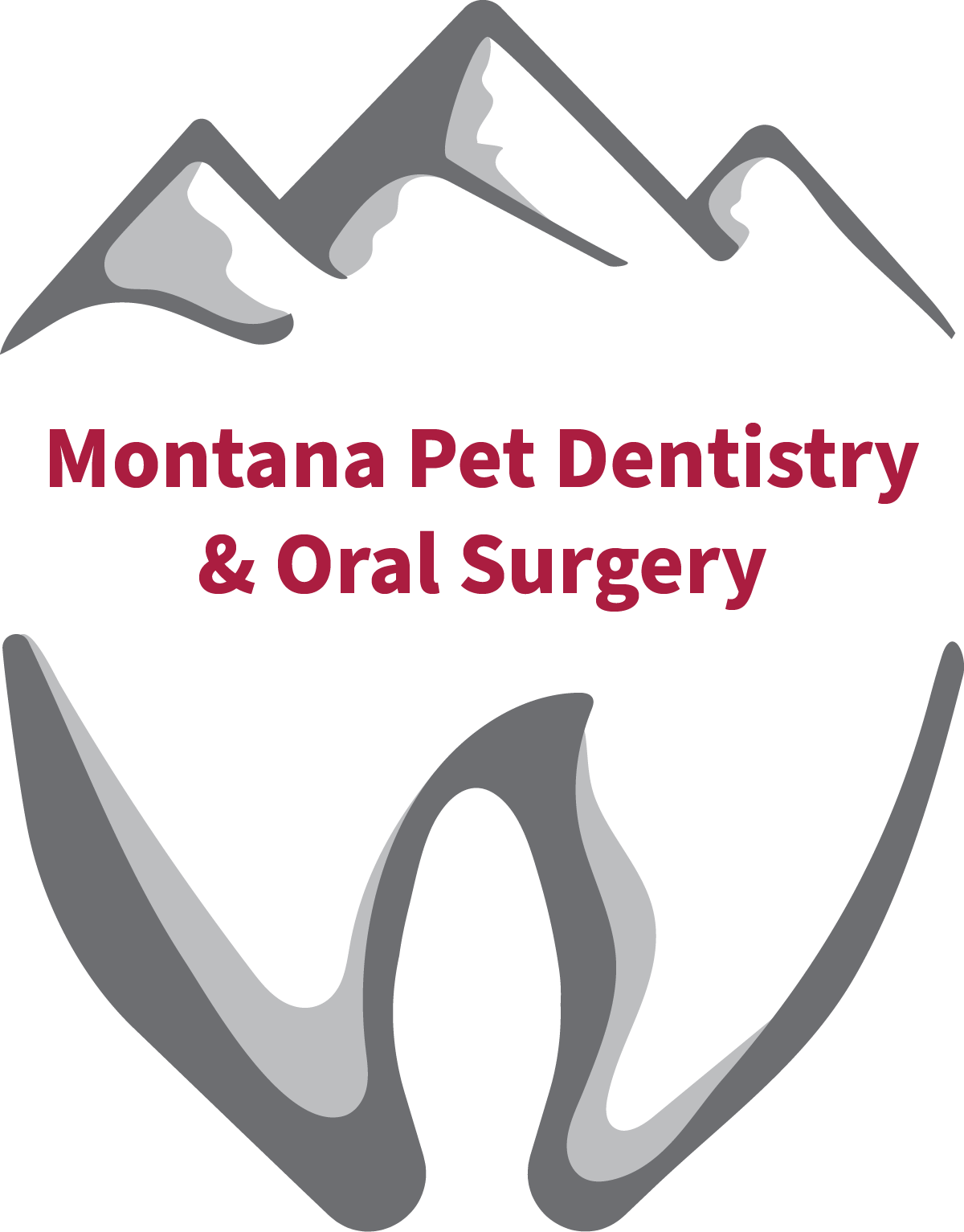Giving your dog a healthy diet is an essential part of ensuring they live a long, happy life. But what do you do when your pup has missing teeth, or no teeth at all? Careful planning and preparation are key in making sure your canine companion stays well-fed.
There are many reasons why your dog could be missing multiple teeth or all of their teeth. Older dogs often suffer from tooth decay, but dogs of any age may need to have multiple teeth extracted due to periodontal disease.
In most cases, dogs without teeth can live just as long as dogs with teeth. In fact, your dog’s lifespan could actually be shortened if they don’t have a tooth removed when necessary. Diseased teeth cause pain when chewing, leading to food avoidance. Decayed teeth also risk spreading infection to other organs through the bloodstream. While tooth extraction may seem a bit extreme, it could be the best option for your dog in the long run.
If your dog is missing some or all of their teeth, it’s best to consult your veterinarian on the best diet for their needs. They may recommend a prescription diet to ensure your dog gets all of the proper nutrients. However, there are some non-prescription options you can discuss with your vet.
What to Feed a Dog with Missing or No Teeth
Softened Kibble
A simple solution for feeding a dog with no teeth is to soften their kibble by adding liquid to soften the hard, crunchy pieces. Adding hot water, chicken broth, or beef broth to your dog’s favorite kibble and letting it sit for 5 minutes can make the food taste better and much easier to eat. This is also helpful for dogs who have teeth, but are missing their main chewing teeth.
Serving softened dry food helps ease your dog’s dietary transition, because it tastes exactly the same as the food they’re used to. You can even use a fork to mash up any chunks once you have given the kibble a chance to soften.
Canned Wet Food
Another great option when it comes to feeding your toothless dog is canned wet food. There’s a wide range of wet food brands, so you shouldn’t have a hard time finding something your dog will eat. Wet foods come in a variety of flavor options, including fish, chicken, and beef. You might need to try a few different brands or flavors to see which one your dog likes best.
Be sure to check and make sure there are no large chunks in the canned food. If you find any chunks, use a fork to mash them up before serving. The most important thing is to make sure that your dog is getting enough food each day, as they may be less willing to eat for a short while after losing their teeth. Fortunately, almost all dogs eventually start eating normally, even after major oral surgery.
Enrichment & Treats
Oral Hygiene For a Dog Without Teeth
Even if there are no teeth remaining, oral hygiene can help prevent infection in your dog’s mouth. The easiest way to accomplish this in a pet with no remaining teeth is by squirting a small amount of Chlorhexidine solution in each side of your dog’s mouth twice daily after meals. If there are some teeth remaining, you should brush them before squirting the chlorhexidine solution into the mouth.
Whether your dog has teeth or not, you should be cleaning their mouth at least 3 times a week. However, daily oral hygiene is ideal for your pup.
Veterinary Dentist in Montana
If you have any concerns about your dog’s oral health, give us a call today to schedule a visit to Montana Pet Dentistry and Oral Surgery in Bozeman. We are open for appointments Monday through Thursday from 7:30 am to 5:30 pm.
